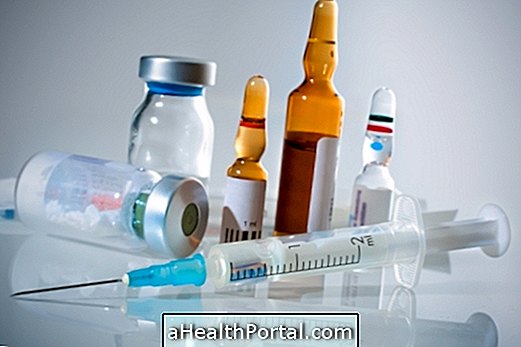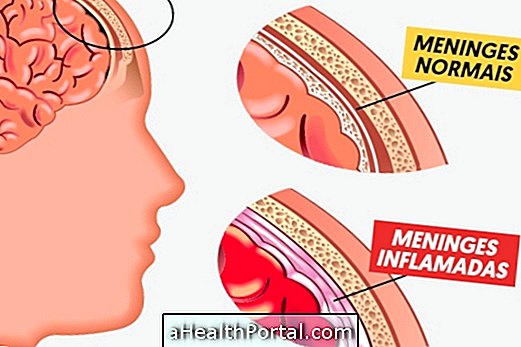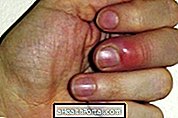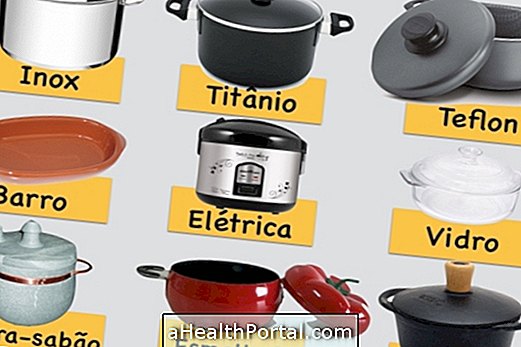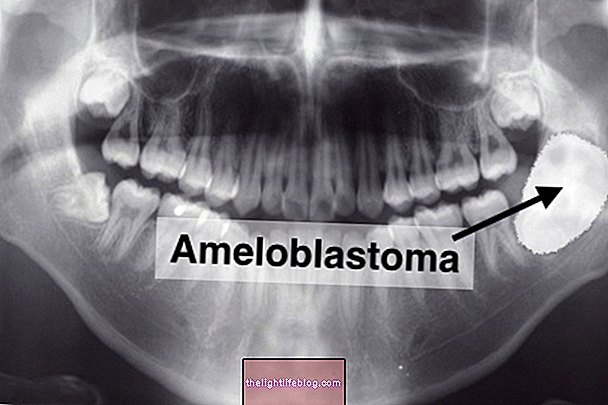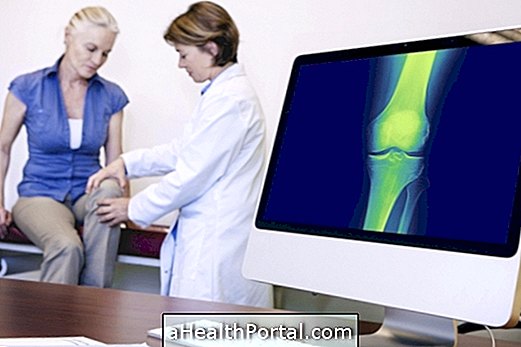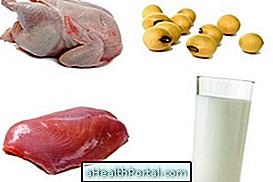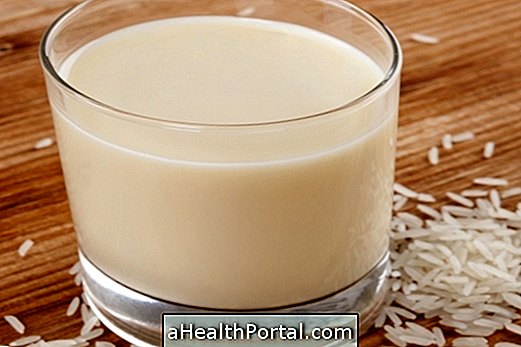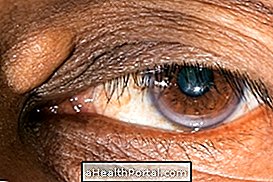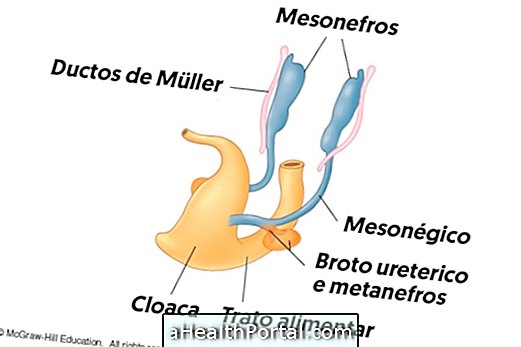The transmission of foot-and-mouth disease to humans is generally done through the ingestion of milk from a contaminated animal without being boiled or pasteurized in advance.
Foot-and-mouth disease can still reach humans when they have an open wound on the skin and this wound comes in contact with the secretions of the contaminated animal, such as feces, urine, blood, phlegm, sneezing, milk or semen.
Although the human being can transport the foot-and-mouth virus in the hands, when handling the animals, they can be contaminated with foot-and-mouth disease, but humans do not.
Humans are only contaminated with the foot-and-mouth virus when it is able to penetrate the human organism through an open wound, or through feeding.
Eating the flesh of an animal contaminated with foot-and-mouth disease is not ideal, but rarely can this cause foot-and-mouth disease in humans, especially if the meat has been frozen or pre-processed.

